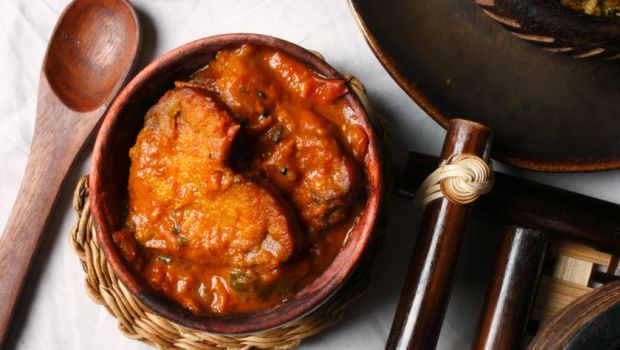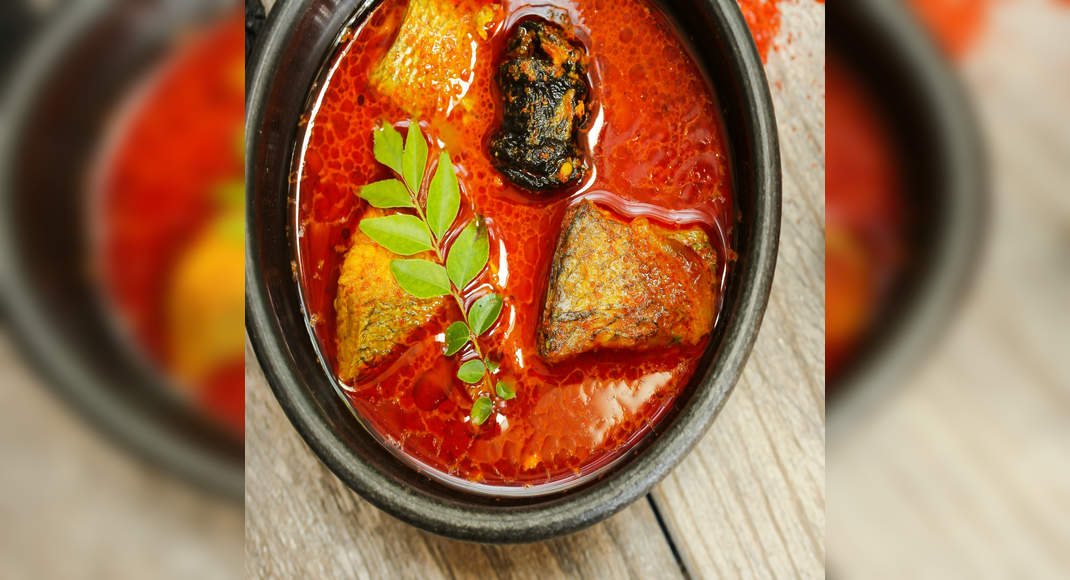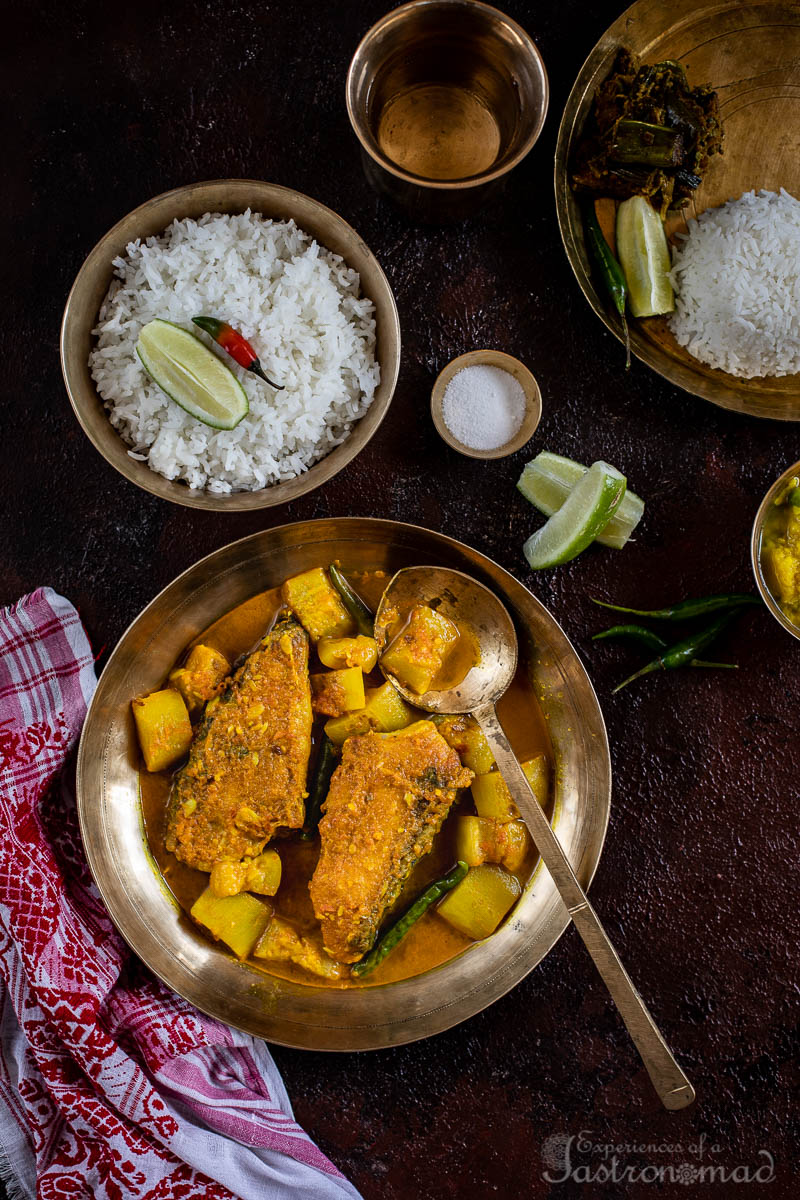Masor tenga
masoor tenga, maasor tenga, mas tenga
Assamese cuisine is the cuisine of the Indian state of Assam. It is a style of cooking that is a confluence of cooking habits of the hills that favour fermentation and drying as forms of preservation and those from the plains that provide extremely wide variety of fresh vegetables and greens, and an abundance of fish and meat. Both are centred on the main ingredient — rice. It is a mixture of different indigenous styles with considerable regional variations and some external influences. The traditional way of cooking and the cuisine of Assam is very similar to South-East Asian countries such as Thailand, Burma and others. The cuisine is characterized by very little use of spices, little cooking over fire, and strong flavours due mainly to the use of endemic exotic fruits and vegetables that are either fresh, dried or fermented. Fish is widely used, and birds like duck, pigeon, squab, etc. are very popular, which are often paired with a main vegetable or ingredient; beef used to be eaten before British colonialism, and some continue to do so. Preparations are rarely elaborate. The practice of bhuna, the gentle frying of spices before the addition of the main ingredients so common in Indian cooking, is absent in the cuisine of Assam. The preferred oil for cooking is the pungent mustard oil. A traditional meal in Assam begins with a khar, a class of dishes named after the main ingredient. Another very common dish is tenga, a sour dish. Traditionally, both khar and tenga are not eaten together in the same meal, though it has become common lately. The food is usually served in bell metal utensils made by an indigenous community called Mariya. Tamul (betel nut, raw or fermented) and paan generally conclude the meal. Though still obscure, this cuisine has seen wider notice in recent times. The discovery of this cuisine in the popular media continues, with the presenters yet to settle on the language and the specific distinctiveness to describe it.
Source: Wikipedia
Recipes

Masor Tenga Recipe by Plavaneeta Borah - NDTV Food







